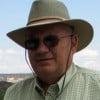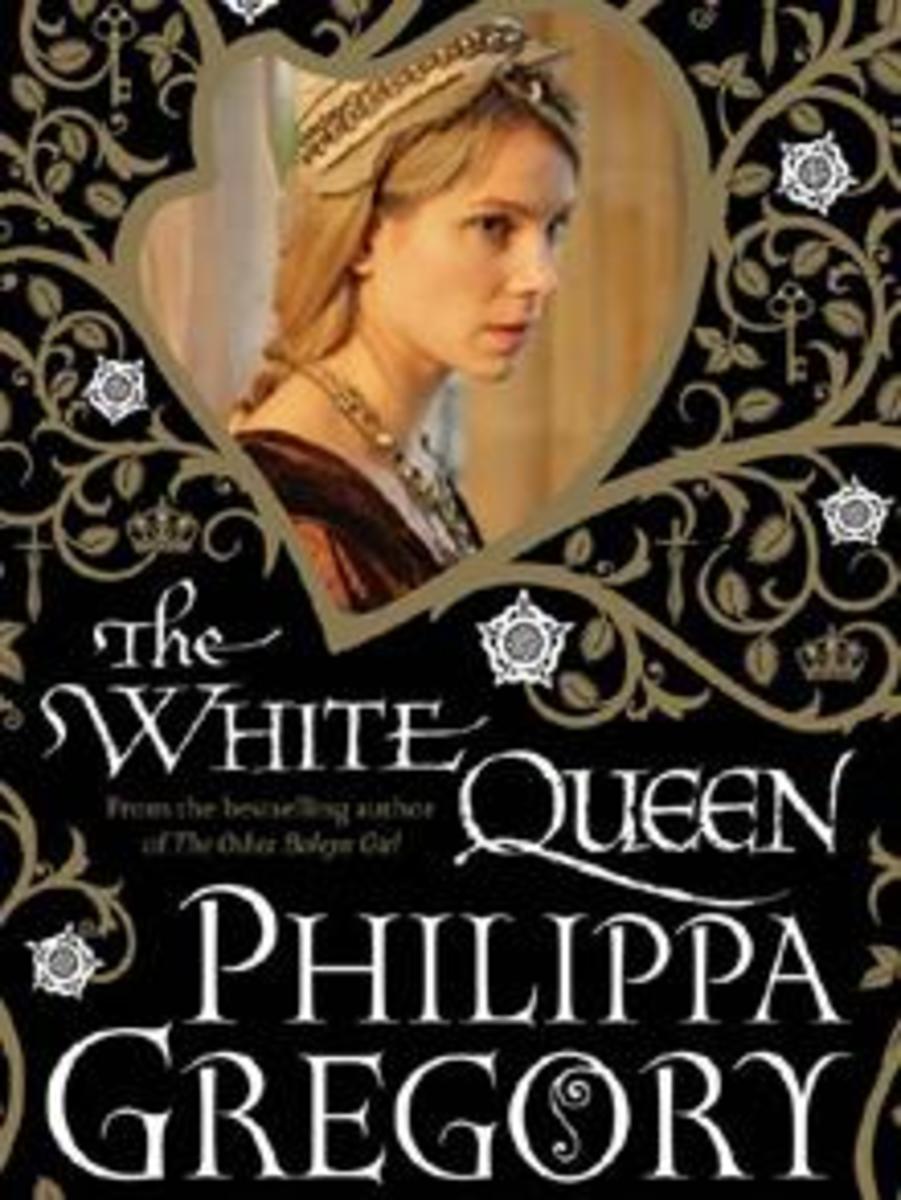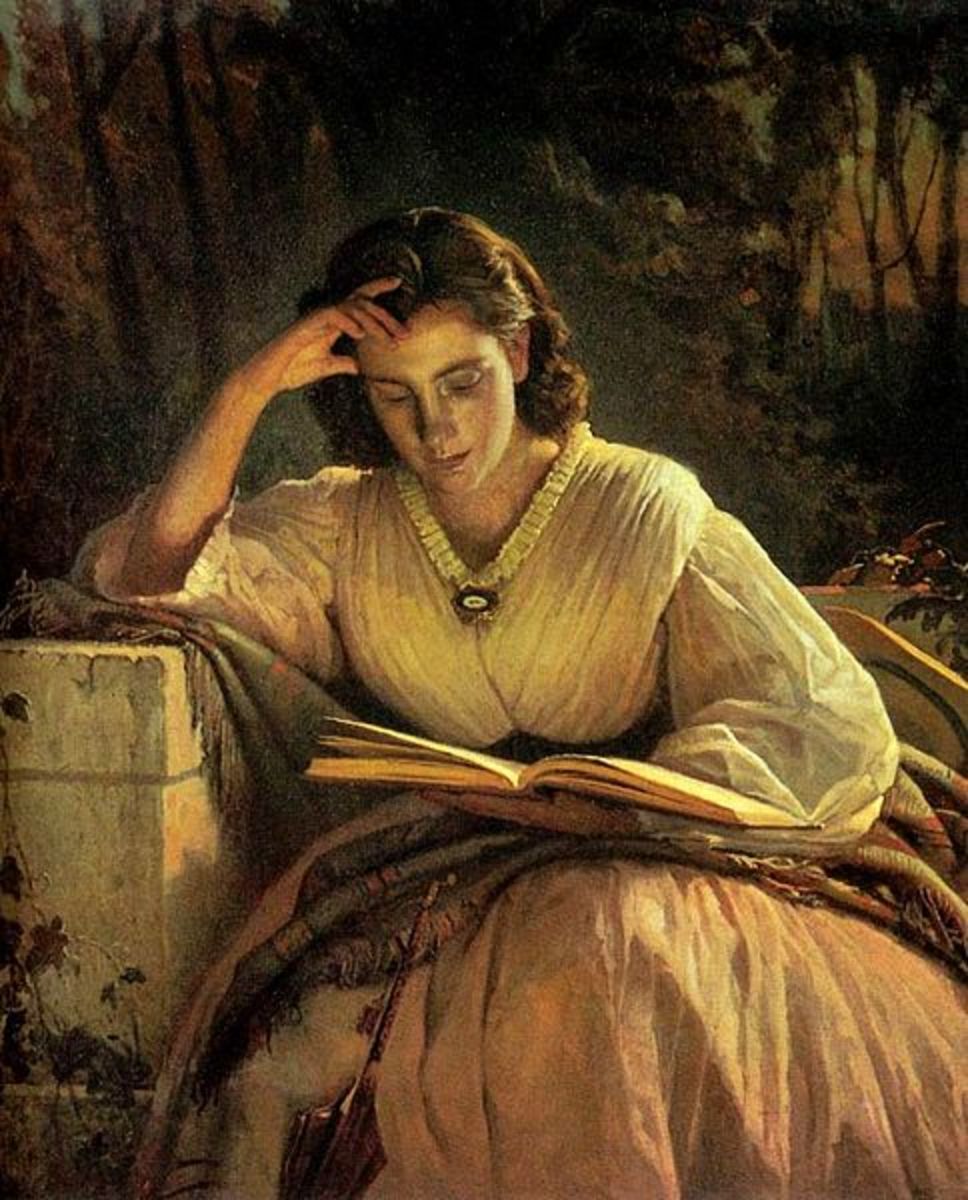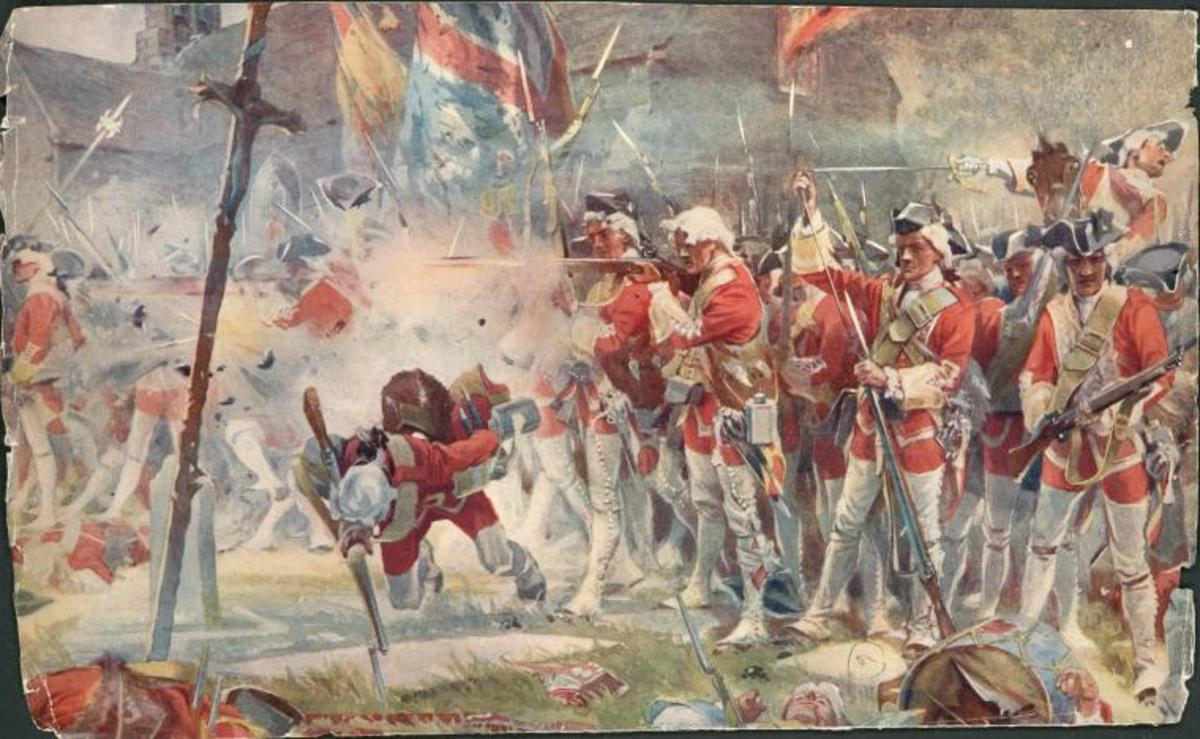Weston Wagons West - Ep. J3 - James Weston's businesses flourished in the region that became Charles County in 1658
Horse trading business flourished as well
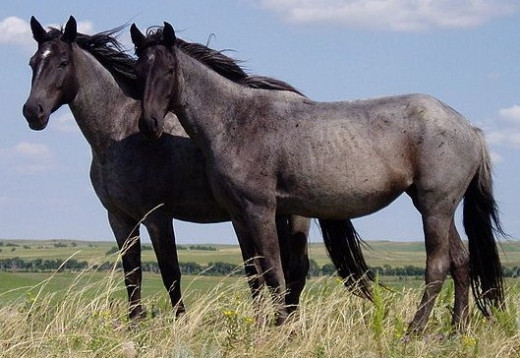
James Weston in Maryland in 1652 meets John Boage
Captain John Boage was the master of Patuxent Manor, a large holding along the west bank of the Patuxent River a few miles north of Far View plantation. It extended inland to the ridge road to the north and west on which set both Weston Ridge and Far View plantations. By 1652, James Weston and his men had established regular horse trading and freight line services with Patuxent Manor and interacted with Captain John Boage regularly. In addition, James and his wife, Katy, interacted socially with Captain Boage, about once a month during the social season. While they were in the same social circles, Captain Boage was much more active in pursuing political and military positions than was James, as he pursued his business interests.
John Bigger and his sons were also horse traders
In 1652, Captain John Boage transported John Bigger to Maryland. Bigger had two sons. Each of the three Bigger men were active horse traders, were well-educated, became active in colonial affairs and (much later) left landed estates. They became regular suppliers and clients of the various services James Weston provided, as well. James found it very beneficial to have these additional horse breeders and traders in the area. While competitors on one level, the range of animals each had provided distinctive advantage to improve breeds in each of their herds. These were strong positive benefits for each man and his personal interests as well as for their respective customers.
Oliver Cromwell
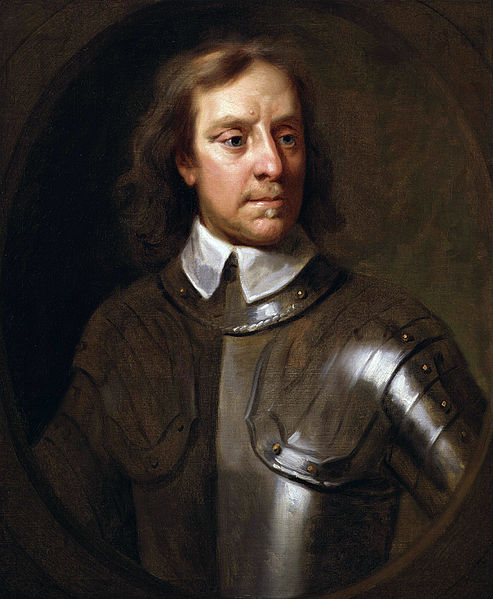
Turmoil in England spills over into Maryland
Between 1653 and and 1658 the Maryland colony was in a state of turmoil, as were many of the colonies, as the Puritan Revolution in England replaced the King with Oliver Cromwell as Lord Protector. Here we will only touch a couple of the highlights to illustrate the impact on our 'persons of interest.' In 1655, Cromwell surprised many, if not most, people by announcing that he wished Lord Baltimore (a Catholic) to retain his proprietary province, Maryland. The Battle of the Severn ensued between certain proprietary forces and puritan forces, on March 25, 1655, in which puritan forces prevailed. Later, on November 30, 1657, an agreement was reached to settle the dispute between Lord Baltimore and representatives of the Maryland Puritans.
Battle of the Severn; part of the Puritan Revolution in Maryland Colony
Thomas Truman and Thomas Letchworth are critical characters in the area as well
Another key character in our story, here, Major Thomas Truman, had taken the side of Lord Baltimore in the Battle of Severn and was captured there by the Puritans. His possessions were declared forfeited, including the services of an apprentice, John Taney. John Taney and his brother, Michael, were among eleven settlers of Calvert County transported by Thomas Letchworth. Letchworth received 1100 acres near Plum Point, which he called Letchworth's Chance, his most important land grant. Thomas Letchworth was one of the important Puritan settlers of Calvert County. John Taney married a daughter of Thomas Letchworth, demonstrating again, that being an apprentice carried no social stigma, even in this socially stratified time in the colony.
Lord Baltimore rewarded Thomas Truman after the Restoration in 1658 with large grants of land. Among other properties Truman received in 1658 was 600 acres along the western shore of the Patuxent River, very near Patuxant Manor, owned by Captain John Boage, known early on as Trent Neck, but later as Trent Hall. Truman became a regular customer and eventually close friend of James Weston much like Captain John Boage.
These lands, on both sides of the Patuxent River, were in Calvert County from 1654 and became part of Charles County when it was established in 1658.
Many types of horses were needed in the colony
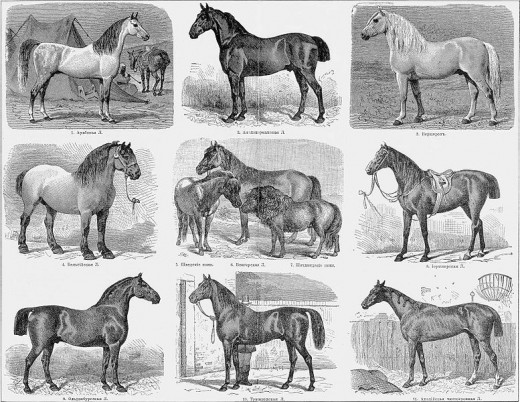
John Boage's wife, Mary, arrived in the colony to spark up the social life
Also in 1658, Mary, the wife of Captain John Boage arrived from England. In the following years, she was joined by her mother, Elizabeth, step-father, Robert Lashley, and her four sisters. Mary and her sisters added a great deal to the social fabric of this region over the next couple of decades. They each married, as 1st or 2nd wives, a number of the prominent gentlemen of the colony who were interacting with James Weston and his businesses, as well as Richard Brightwell, the seventh great-grandfather of the author. Brightwell arrived in the colony in 1663 as an indentured servant to Thomas Truman. Even during his indenture period, he became very involved with the military activities of Truman so that by the end of his seven years, he had earned a respected position in the military and was in a position to receive extensive land-holdings, as well.
Richard Brightwell - Captain of the Horse (Soldiers)
As Major Thomas Truman worked to restore and grow his place in Maryland colonial society and military ranks, one of his indentured servants, Richard Brightwell, grew along with him through his dedicated service and comparable commitment to the growth and security of the colony. Brightwell was especially active in patrolling the frontier on horseback, and eventually, following his independence, earned the rank of Captain of the Horse (Soldiers).
The first son of James Weston, Keith, was 13 years old when Richard Brightwell arrived in Maryland, and was 20 when Richard finished the end of his servitude. By that time they had become close because of their mutual interest in horses and adventure… stories for future episodes.
Oliver Cromwell
Historical Note
Captain John Boage, Thomas Letchworth, Thomas Truman, Mary and her four sisters, her mother Elizabeth and her husband, Robert Lashley, (along with John and Michael Taney) are each actual historical figures but we are seeing them here, and in future episodes of this series, used fictitiously. They each played key roles in the life of Richard Brightwell, the 7th great-grandfather of the author, who arrived in Maryland as an indentured servant in 1663. Each of the relationships within which these historical figures will appear here will be totally consistent with known historical facts for each such person in the official records of Maryland.
My historical perspective in this hub relied extensively on my published article in the Maryland Society Bulletin, "Richard Brightwell Family in Maryland (1640s through 1740s)," Spring 2003, Vol. 44, No. 2, Compiled by William L. (Bill) Smith For the KINNICK Project, pp218-238. Some biographical information on Thomas Trueman relied on Southerne family records in the file of the author, as well.
Thank you for your continued support of this series
Hub readers are a faithful group and I want to thank you in advance for reading this series of stories. I will do my best to make them interesting, to make them plausible, and to make them as historically accurate as I am capable of doing. I look forward to receiving your feedback and meaningful comments on each story. I am using my real name on these stories and will reply to each comment, as I've noticed is common among the more prolific writers on this platform. As a retired university professor, I do have the time for this level of interaction and pledge that I will do so as long as I feel the comments are well intentioned - which I assume will be indefinitely. Thank you, again, for your support! ;-)
